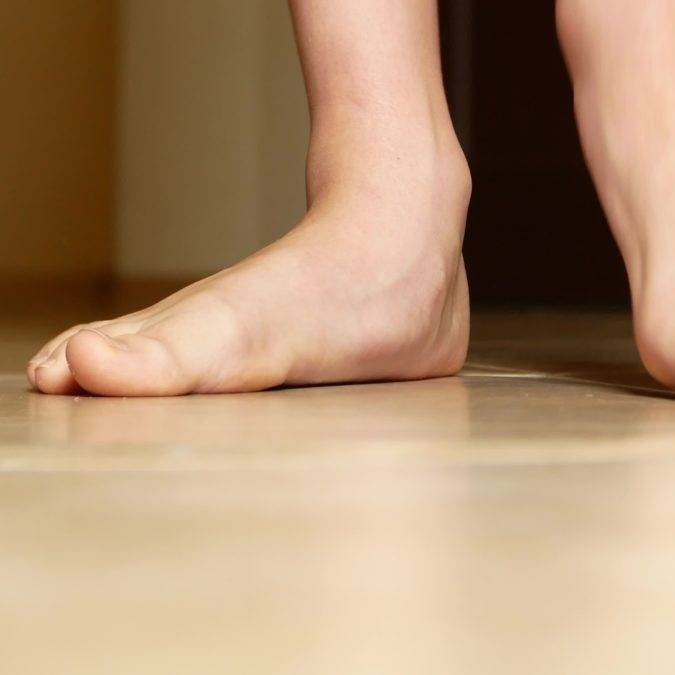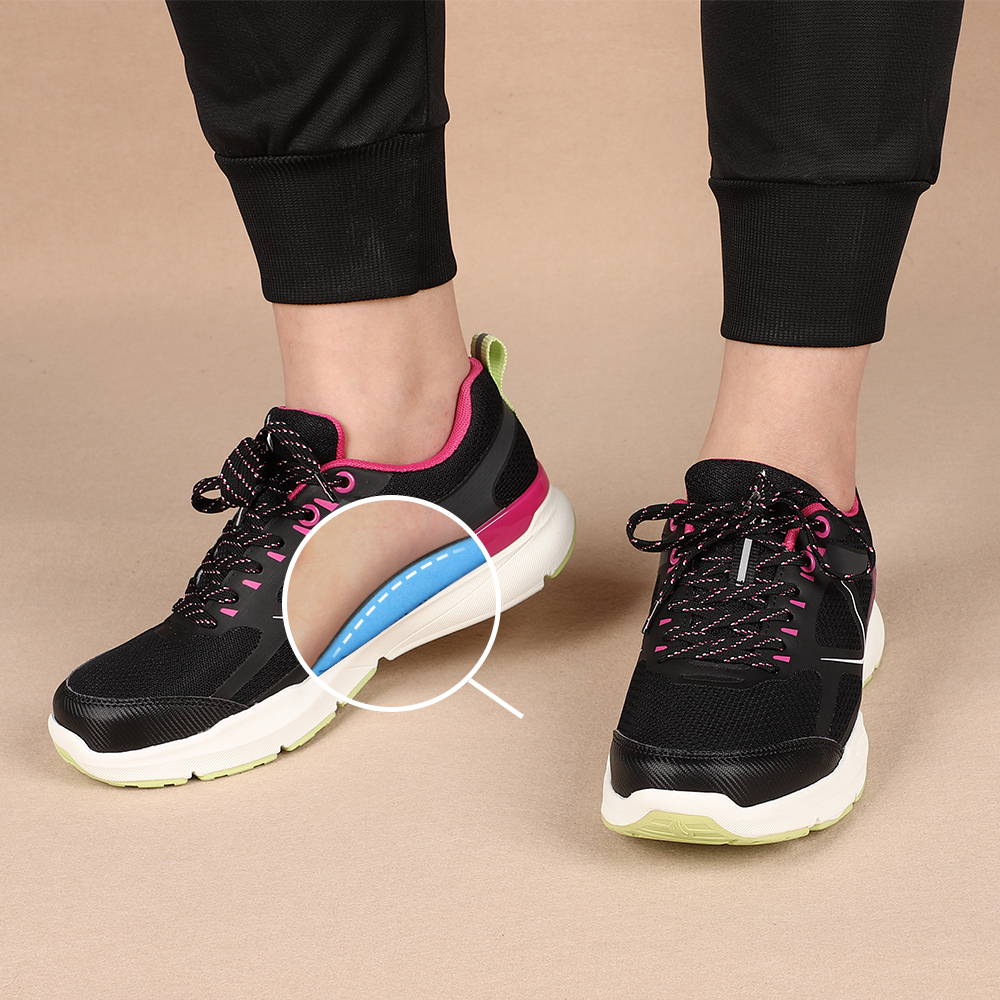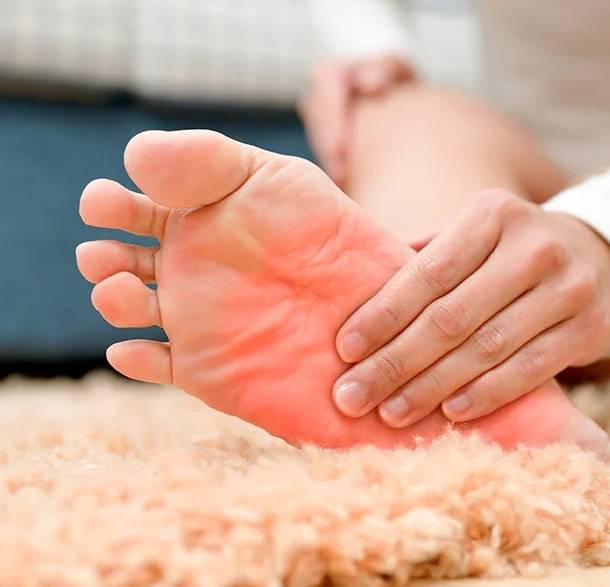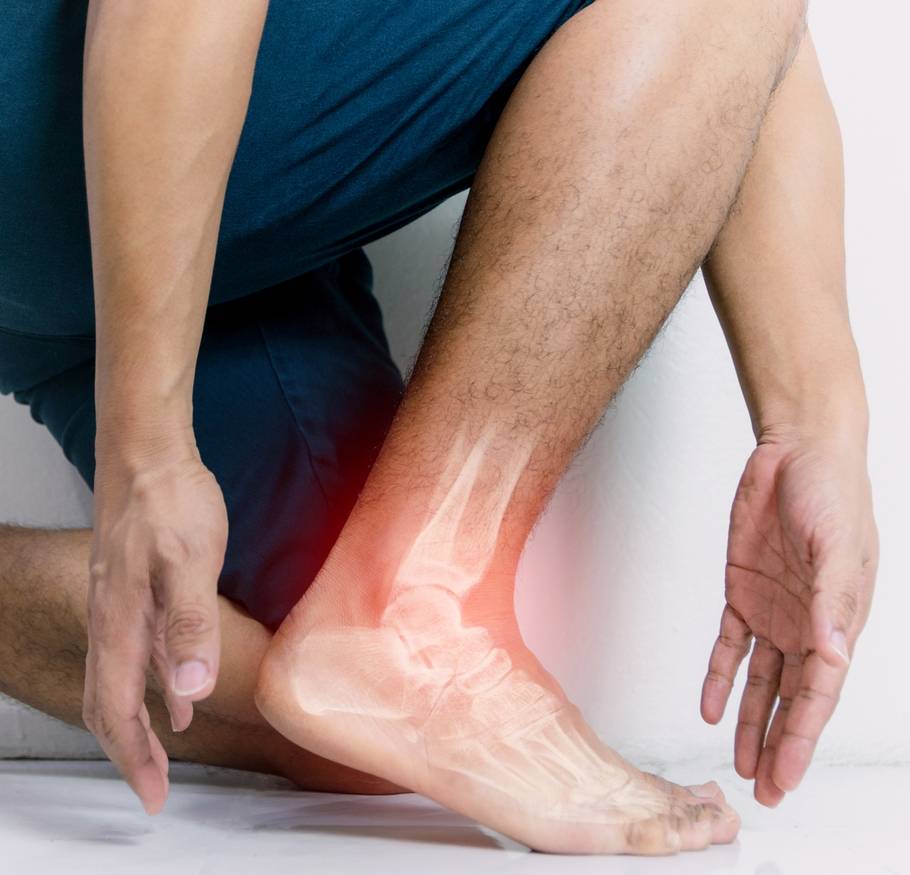What Is Flat Feet?
If you have flat feet, your feet don’t have a normal arch when you’re standing. This can cause pain when you do extensive physical activity.
The condition is referred to as pes planus or fallen arches. It’s normal in infants and usually disappears between ages 2 and 3 years old as the ligaments and tendons in the foot and leg tighten. Having flat feet as a child is rarely serious, but it can last through adulthood.
The 2012 National Foot Health Assessment showed that 8 percent of adults in the United States ages 21 and older have flat feet. Another 4 percent have fallen arches.
In some cases, flat feet are caused by injuries or illness, creating problems with:
- Walking
- Running
- Standing for hours

What Causes Flat Feet?
Flat feet due to overpronation are inherited, and if the condition runs in your family, you will be more likely to develop flat feet. Others may develop flat feet following injury or wear and tear associated with aging. Athletes may be more prone to flat feet due to foot and ankle injuries.
While flat feet in and of themselves are not a problem, flat feet can lead to pain in the foot or lower body over time because the arch of the foot is not efficient at managing the forces that are placed on the foot every day. Your feet may also tire more easily, foot and arch pain may worsen with activity, and swelling may develop along the inner side of the ankle.
Factors that can increase the risk of flat feet include:
- Obesity
- Injury to the foot or ankle
- Rheumatoid arthritis
- Aging
- Diabetes
How To Relieve Flat Feet?
If flat feet cause you minor pain, you might want to try:
- Arch supports. Arch support shoes that are available without a prescription increase your comfort.
- Rest. Avoid activities that aggravate the condition. Participate in low-impact activities — such as walking, biking, or swimming — rather than jumping and running activities.
- Medications. Pain relievers that are available without a prescription, such as ibuprofen (Advil, Motrin IB, others) and naproxen sodium (Aleve) might help.
- Weight loss. Losing weight can reduce stress on the feet.
- Stretching exercises. Some people with flat feet also have a shortened Achilles tendon. Exercises to stretch this tendon may help.
- Physical therapy. Flat feet may contribute to overuse injuries in some runners. A physical therapist can provide exercises to strengthen the muscles and tendons in the feet and guidance to improve gait.

Recommended Shoes For
Flat Feet
If you’re one of the 20–30% of Americans with flat feet, it means that your arches touch the floor when you stand straight, so you might need some more thoughtfully designed shoes. WALKHERO’s line of shoes for flat feet helps you spring into action with shock-absorbing and Foot-Care™ technology that cups your heel and allows it to dynamically flex with each step. They’re made to become “one” with your foot, as the straps secure your feet in for effortless movement. The EVA-foam midsole comforts and supports a lacking arch with superior padding too. Whether or not your flat feet cause you pain, we can all agree that wearing the right shoes is vital.




